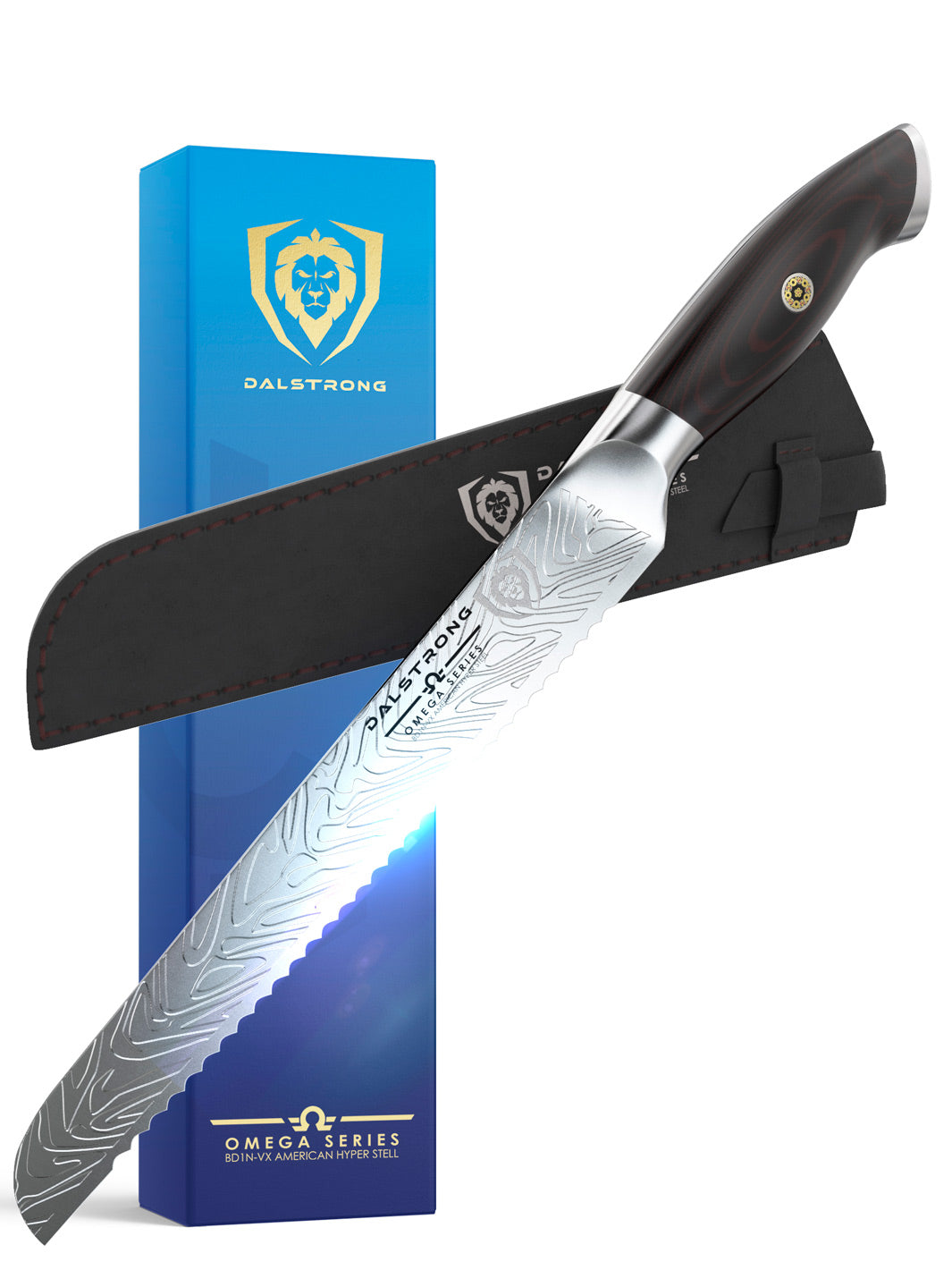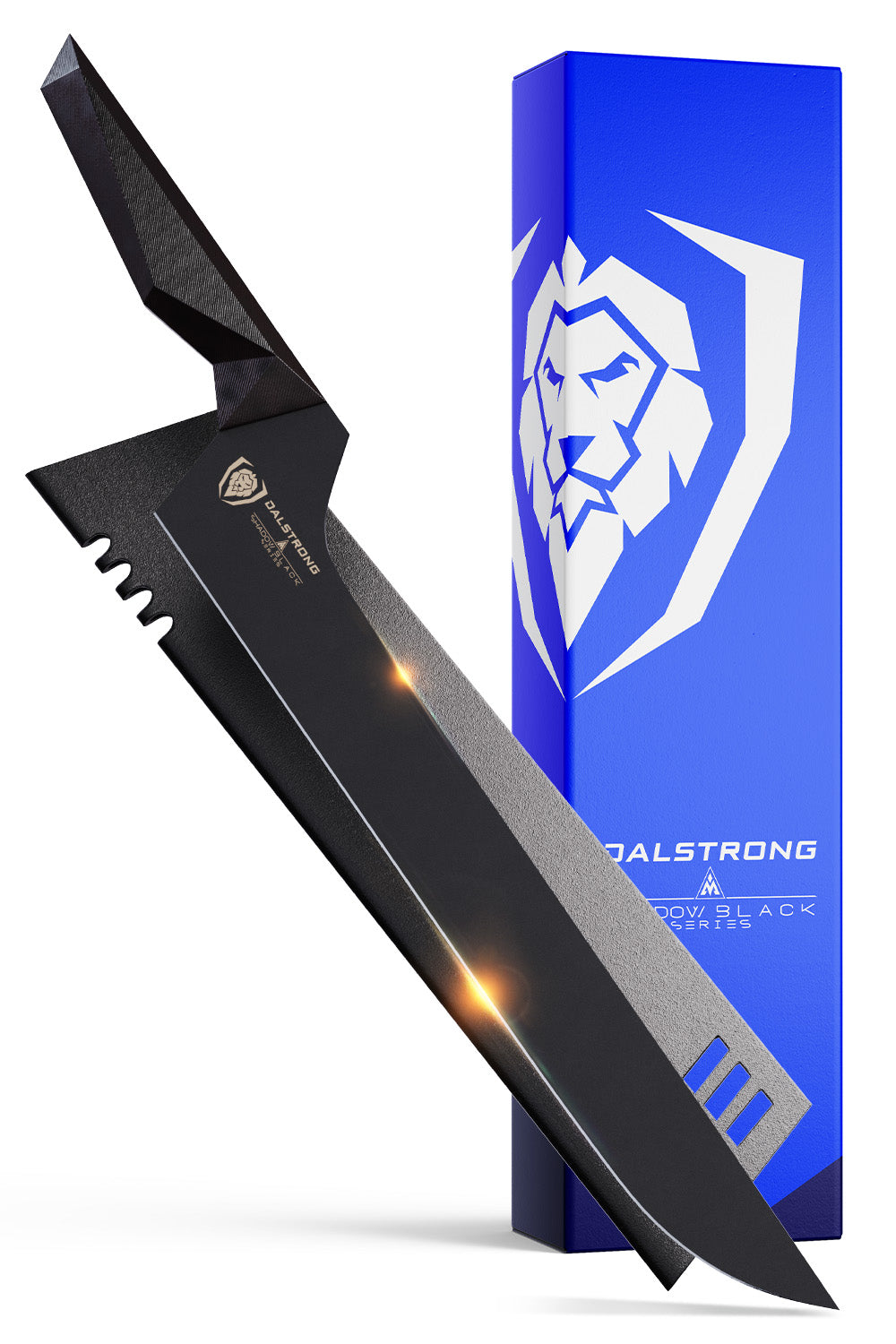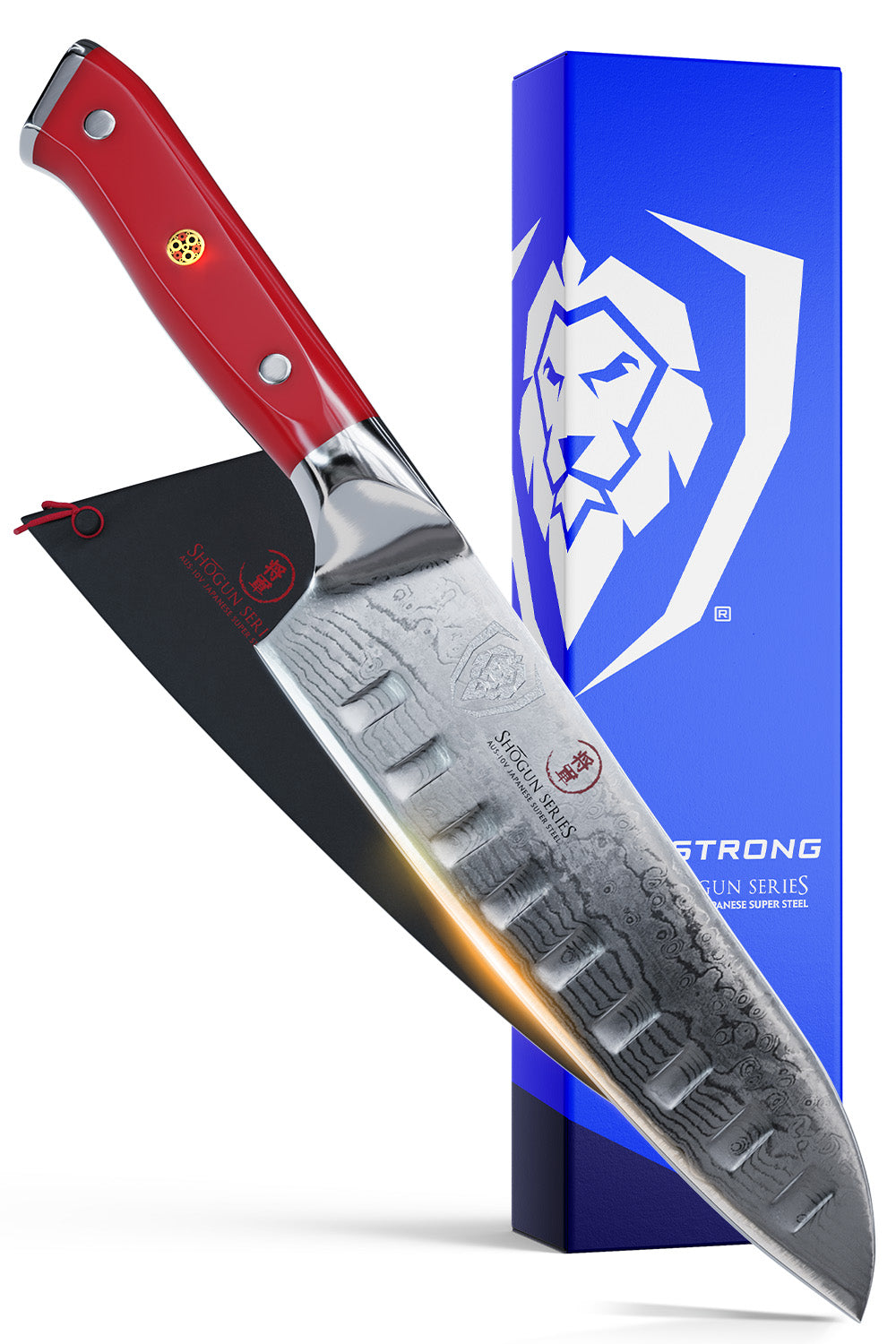
Quick Overview: How To Store Cut Cucumbers
- Select an airtight container that can hold the cucumber slices.
- Place a paper towel at the bottom of the container to suck up any excess moisture.
- Arrange the slices evenly in the container. Avoid stacking or overcrowding them.
- Seal the lid tightly.
- Store the container away from direct sunlight, preferably in the crisp drawer of your refrigerator. Avoid freezing.
- Check the paper towel for dampness from time to time, replacing it with a fresh one to maintain a dry environment.
- Consume within 1-2 days for the best texture and flavor.
Mastering the art of storing cucumbers and cutting cucumbers is a kitchen essential for any culinary enthusiast. From maintaining their crispness to achieving uniform slices, these skills open up a world of culinary possibilities.
In this guide, we'll explore practical tips and techniques to keep cucumbers fresh and prepare them with precision, ensuring they're ready to elevate your dishes to new heights.
1. How To Pick Fresh Cucumbers

Choosing the right cucumbers in the grocery store is essential for a crisp, flavorful dish. Remember, the right cucumber can elevate the taste and texture of your dishes, so take your time and choose wisely!
Whether you're making a salad or pickling, here are some practical tips to help you pick the freshest cucumbers straight from the market.
Check for Firmness
Gently squeeze the cucumber. It should feel firm but not rock-hard. Don't pick any that have soft spots or wrinkles, as they may be overripe.
Inspect the Color
Look for cucumbers that have a vibrant, even color. Dark green is a good sign, but avoid any that have yellowing or blemishes.
Examine the Skin
The skin should be smooth and free from any cuts, bruises, or moldy spots. A slightly bumpy texture is normal, but avoid ones with rough or spiky skin.
Size Matters
Choose cucumbers that are medium-sized. They should feel substantial in your hand without being overly large or overly small. These are generally the most flavorful.
Inspect the Tips
Check the ends of the cucumber. Both the stem and blossom ends should be free from any signs of decay or drying.
Smell the Cucumber
Fresh cucumbers should have a clean, slightly earthy scent. If it has a strong or unpleasant odor, it may be a sign of deterioration.
Consider the Weight
A good cucumber should feel heavier than it looks. This indicates that it's well-hydrated and likely fresher.
Avoid Wax-Coated Cucumbers
Some cucumbers are waxed to prolong their shelf life, but this can hinder the absorption of flavors in recipes. Look for unwaxed or organic options if possible.
Read about the difference between cucumber and zucchini, here.
2. How To Cut Cucumbers
 Chef's Knife 6" Gladiator Series Dalstrong
Chef's Knife 6" Gladiator Series Dalstrong
Cucumbers, with their refreshing crunch and versatility, are a kitchen staple. Learning how to properly cut them is a fundamental skill for any home cook. With a bit of practice, cutting cucumbers can become second nature. Mastering this skill opens up a world of culinary possibilities, allowing you to incorporate this crisp, hydrating fruit and vegetable into an array of dishes like cucumber salads.
Follow these steps to achieve neat, even slices that are perfect for salads, sandwiches, and more.
- Gather Your Tools: Before you start, ensure you have a clean cutting board, a sharp knife, and a bowl or plate to hold the cut pieces.
- Wash the Cucumber: Rinse the cucumber thoroughly under cold water, using a fruit and vegetable brush if available. This removes any dirt or residues from the skin.
- Trim the Ends: Using a steady hand, slice off a small portion from both ends of the cucumber. This creates stable surfaces for cutting.
- Choose Your Thickness: Decide on the thickness you want for your cucumber slices. For salads, thinner slices work best, while thicker cuts are great for pickling or garnishing.
- Slice with Care: Hold the cucumber firmly with one hand, and position your knife at a slight angle. Begin slicing from one end to the other, using a gentle rocking motion. Keep your fingers tucked in to avoid any accidents.
- Maintain Even Pressure: Apply even pressure as you cut, ensuring each slice is consistent in thickness. This takes a bit of practice, so don't rush the process.
- Rotate the Cucumber: As you reach the halfway point, rotate the cucumber so that the flat end you created earlier is facing the blade. This provides stability for the remaining slices.
- Mind the Seeds (Optional): If the cucumber has large seeds, you can choose to remove them. Simply use a spoon to gently scoop them out before slicing.
- Store or Use Immediately: Transfer the sliced cucumber to a bowl or plate. If you're not using them right away, cover and refrigerate to maintain freshness.
- Clean Up: Safely store your knife, clean the cutting board, and wipe down your workspace. Proper cleaning is crucial for kitchen safety and hygiene.
3. How To Store Cut Cucumbers So They Stay Crisp As Long As Possible

Once you've expertly sliced your cucumbers, it's crucial to store them properly to maintain their crispness. Whether you're prepping for a meal or have some leftovers, these guide will help you keep those cucumber slices fresh and crunchy for as long as possible.
- Choose the Right Container. Select an airtight container that is appropriately sized to hold the cucumber slices without overcrowding. This prevents excess moisture buildup.
- Add a Paper Towel. Place a clean, dry paper towel at the bottom of the container. This will suck up any excess moisture and help prevent the cucumbers from becoming soggy.
- Arrange Slices Evenly. Place the cucumber slices in a single layer on top of the paper towel. Avoid stacking or overcrowding them, as this can lead to faster deterioration.
- Seal Tightly. Ensure the container's lid is tightly wrapped sealed to create an airtight environment. This prevents air from getting in and moisture from escaping.
- Keep it Cool. Store the container in the refrigerator, ideally in the crisper drawer. Cucumbers stay crisp at lower temperatures, but avoid placing them near items that release moisture, like tomatoes.
- Avoid Direct Sunlight. Store the container away from direct sunlight or heat sources. Exposure to light and warmth can accelerate the breakdown of the cucumber's texture.
- Check and Replace the Paper Towel periodically for dampness. If it becomes moist, replace it with a fresh one to maintain a dry environment.
- Consume Promptly. Aim to use the cut cucumbers within 1-2 days for the best texture and flavor. They may still be edible after this, but their crispness may diminish.
- Avoid Freezing. While freezing cucumbers for later use, the texture will change, and they will no longer be crisp. It's best to enjoy them fresh.
- Refrigerate Unfinished Portions. If you have leftover cucumber slices from a meal, transfer them to the airtight container or a plastic wrap and follow the same storage steps.
Correct storage is the key to preserving the crunch of your cut cucumbers. By following these easy steps, you can enjoy fresh, crisp cucumber slices for an extended period, adding a delightful crunch to your salads, sandwiches, or snacks.
4. Dalstrong Tools To Help You Cut Cucumbers
1. Chef's Knife 8" Shadow Black Series
The Chef's Knife 8" from Dalstrong's Shadow Black Series is a culinary masterpiece designed to elevate your kitchen experience. Crafted with precision and attention to detail, this knife is a true workhorse for both professional chefs and home cooks alike.
PROS:
- The 8" blade offers a perfect balance between versatility and maneuverability, allowing for precise cuts, chops, and slices of a wide range of ingredients.
- The sleek, modern design of the Shadow Black Series is visually stunning, adding a touch of elegance to any kitchen. The knife's dark, non-reflective finish exudes sophistication.
- This knife meets the rigorous standards of the National Sanitation Foundation, ensuring it meets the highest levels of safety and sanitation in professional kitchens.
- Constructed from high-carbon German steel, the blade is painstakingly forged to ensure outstanding strength, durability, and resistance to corrosion.
- The knife features an ergonomic, G10 handle that gives a comfortable and secure grip, reducing the risk of hand fatigue during extended use.
CONS:
- While the Shadow Black Series' unique design is striking, it may not appeal to those who prefer more traditional-looking knives.
2. Corner Cutting Board Natural Teak Wood
The Dalstrong Corner Cutting Board in Natural Teak Wood is a true game-changer for any kitchen enthusiast. Its innovative design maximizes space efficiency, making it an indispensable tool for meal prep. Crafted from high-quality teak wood, this cutting board not only showcases exceptional functionality but also adds a touch of plain style to your culinary workspace.
PROS:
- The unique corner shape allows for seamless integration into kitchen corners, optimizing counter space while providing a dedicated area for chopping, slicing, and dicing.
- Crafted from top-grade teak, this board boasts remarkable durability and resistance to moisture, ensuring it stands the test of time even with frequent use.
- Teak wood is renowned for its natural self-healing properties. It's soft enough to be gentle on knife blades, preserving their sharpness and extending their lifespan.
- The weight and density of teak wood provide a stable surface that stays in place during use, minimizing the risk of accidents. The non-slip feet further enhance stability.
CONS:
- Teak wood cutting boards need regular oiling to maintain their appearance and prevent drying.
3. Paring Knife 3.5"Shogun Series ELITE
The Dalstrong Shogun Series ELITE Paring Knife, boasting a 3.5" blade, is a precision instrument designed to tackle intricate tasks with ease. This knife is a testament to masterful craftsmanship, featuring exquisite design and cutting-edge technology. It's a must-have for every kitchen.
PROS:
- The 3.5" blade is crafted to perfection, allowing for precise peeling, trimming, and intricate cutting tasks. It's a go-to tool for delicate work that demands accuracy.
- The blade is constructed from ultra-sharp, high-carbon Japanese AUS-10V steel, ensuring razor-sharpness, excellent edge retention, and resistance to corrosion.
- The knife boasts a stunning Damascus pattern, combining form and function. Its particular design adds a touch of style to any kitchen, making it a joy to use and display.
- The military-grade G10 handle provides a comfortable and secure grip, minimizing hand fatigue even during prolonged use. It's meticulously designed for both aesthetics and functionality.
CONS:
- The Shogun Series ELITE Paring Knife is best suited for precision tasks and may not be the ideal choice for larger cutting or chopping jobs.
4. Nakiri Vegetable Knife 6" Phantom Series
The Dalstrong Phantom Series 6" Nakiri Vegetable Knife is a culinary marvel, meticulously crafted to elevate your vegetable preparation to an art form. Designed with precision and functionality in mind, this knife seamlessly combines form and function, making it an essential tool for any discerning chef or home cook.
PROS:
- The Nakiri's flat, double-bevel blade excels at precise, clean cuts. It's a vegetable-focused workhorse, ideal for chopping, slicing, and dicing with minimal effort.
- Crafted from high-carbon Japanese AUS-8 steel, this knife offers exceptional sharpness, edge retention, and resistance to corrosion, ensuring it stands the test of time.
- The Phantom Series boasts a sleek, minimalist aesthetic, with a black Pakkawood handle and a blade featuring a striking Damascus pattern. It's a visually stunning addition to any kitchen.
- The knife's ergonomic design provides a comfortable grip, reducing hand fatigue during prolonged use. Its well-balanced construction enhances precision and control.
CONS:
- While the Nakiri excels at vegetable preparation, its flat edge may not be as versatile for tasks that require rocking or slicing through tougher materials.
5. Santoku Knife 7" Delta Wolf Series
The Dalstrong Delta Wolf Series 7" Santoku Knife is a culinary powerhouse, meticulously engineered to bring precision and versatility to your kitchen. With a seamless blend of cutting-edge technology and artistic craftsmanship, this knife is poised to become an indispensable tool, especially in busy kitchens.
PROS:
- The 7" Santoku blade combines the best of both worlds, featuring a flat edge for precise slicing and a gentle curve for effortless chopping, making it an all-purpose kitchen workhorse.
- Crafted from high-carbon 9CR18MOV steel, this knife guarantees outstanding sharpness, edge retention, and corrosion resistance, ensuring it stands the test of time.
- The Delta Wolf Series boasts a captivating visual appeal, featuring a unique geometric design on the blade and a comfortable, ergonomic G10 handle. It's a stunning addition to any kitchen.
- The knife's handle is designed for comfort and control, reducing hand fatigue during extended use. Its well-balanced construction ensures precision in every cut.
CONS:
- While the Santoku excels in various kitchen tasks, others might still prefer a chef's knife.
5. Frequently Asked Questions
How do you keep cucumber slices fresh after cutting?
To keep cucumber slices fresh after cutting, put them in an airtight container with a dry paper towel at the bottom. Arrange the slices in a single layer and seal the container tightly. Store it in the refrigerator's crisper drawer, away from direct sunlight. Check and replace the paper towel if it becomes damp. Use the slices within 1-2 days for the best texture and flavor.
Should I store sliced cucumbers in water?
It's not recommended to store sliced cucumbers in water. While water can help maintain moisture temporarily, it can also lead to a loss of crispness and dilution of flavor. Instead, use an airtight container with a dry paper towel to absorb excess moisture, and store the cucumbers in the refrigerator for optimal freshness.
How do you store sliced cucumbers?
To store sliced cucumbers, place them in an airtight container with a dry paper towel at the bottom. Arrange the slices in a single layer and seal the container tightly. Store in the refrigerator's crisper drawer, avoiding direct sunlight. Return the paper towel if it becomes damp. Use within 1-2 days for best results.
Do cucumbers last longer if you cut them?
No, cucumbers do not last longer once they are cut. Cutting exposes the flesh to air, which accelerates moisture loss and speeds up the deterioration process. To prolong freshness, store cut cucumbers properly in an airtight container in the refrigerator and use them within 1-2 days for optimal texture and flavor.














